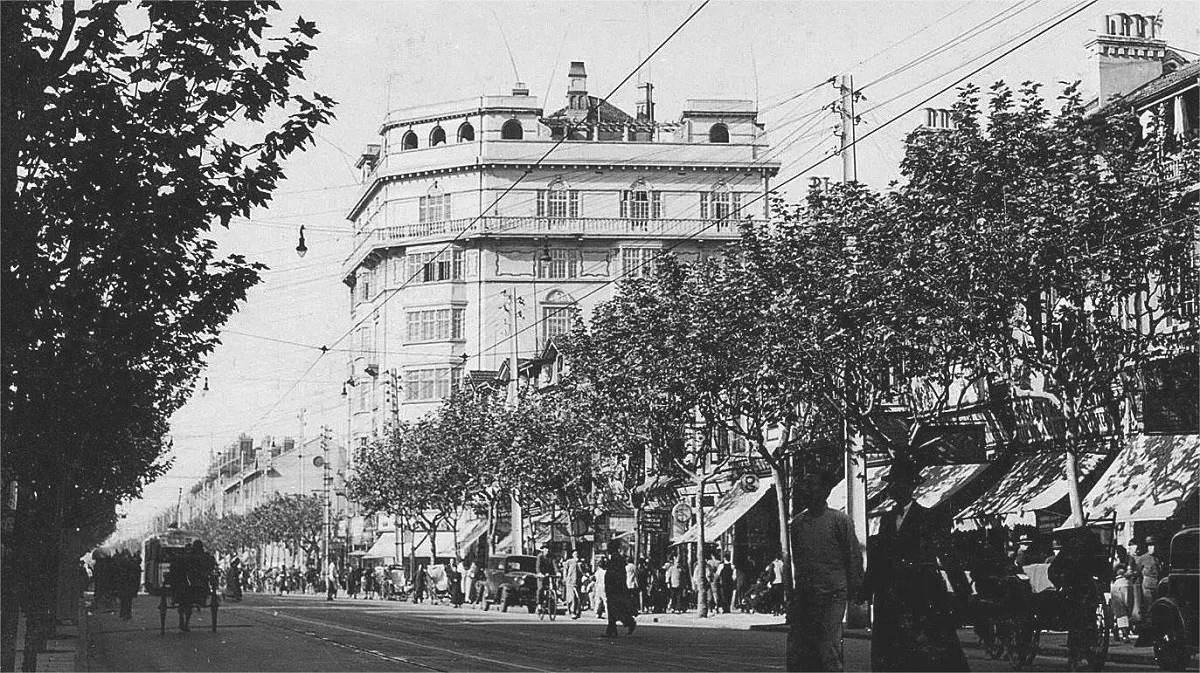The former French Concession in Shanghai was a piece of land that was granted to France in the mid-19th century. It was established as a part of the unequal treaties between China and foreign powers, which were a series of agreements that were imposed on China by western powers following the Opium Wars. The French Concession was one of several areas in Shanghai that were controlled by foreign powers and were referred to as concessions.
The French Concession was formally established in 1849, and it covered an area of 66 hectares (163 acres) in the heart of Shanghai. The French Concession was managed by a French consul and was under the jurisdiction of France. The area was reserved for French nationals and was intended to serve as a base for French commercial activities in Shanghai.
During the early years of the French Concession, the French authorities set about transforming the area into a European-style district. They built a number of public buildings, including a hospital, a school, and a police station. They also encouraged French nationals to settle in the area, and many did so, attracted by the opportunity to do business in China.
In the late 19th and early 20th centuries, the French Concession underwent significant development. A number of French architects were brought in to design new buildings, many of which were inspired by the art nouveau style that was popular in Europe at the time. As a result, the French Concession became known for its unique blend of French and Chinese architectural styles.
During the 1920s and 1930s, the French Concession became a hub of cultural and social activity. It was home to a number of famous writers, artists, and intellectuals, including Lu Xun, a prominent Chinese writer who lived in the area for several years. The area was also known for its vibrant nightlife, with numerous bars, restaurants, and clubs catering to the expat community.
However, the French Concession also played a role in the tumultuous events that took place in China during this period. In 1927, the area was the site of the infamous Shanghai Massacre, in which communist and trade union activists were rounded up and executed by the ruling Kuomintang government. The incident marked a turning point in Chinese history and led to a significant increase in political instability in the country.
During World War II, the French Concession came under the control of the Japanese, who occupied Shanghai from 1937 to 1945. The area was heavily damaged during the war, and many of its residents fled or were forced to leave. After the war, the French Concession was returned to French control, but the area was never able to fully recover from the damage it had suffered.
In 1949, the People’s Republic of China was established, and the French Concession came under the control of the new government. Many of its former residents left the country, and the area was gradually absorbed into the rest of Shanghai. Today, the former French Concession is still one of the most popular areas of the city, known for its charming streets, historic buildings, and unique blend of Chinese and European cultures.
In conclusion, the former French Concession in Shanghai played an important role in the history of the city and the wider region. It was a center of cultural and social activity during the early 20th century and was known for its unique blend of French and Chinese architectural styles. However, it also witnessed significant political turmoil and was heavily damaged during World War II. Despite these challenges, the former French Concession remains an important part of Shanghai’s cultural heritage and continues to attract visitors from around the world.


